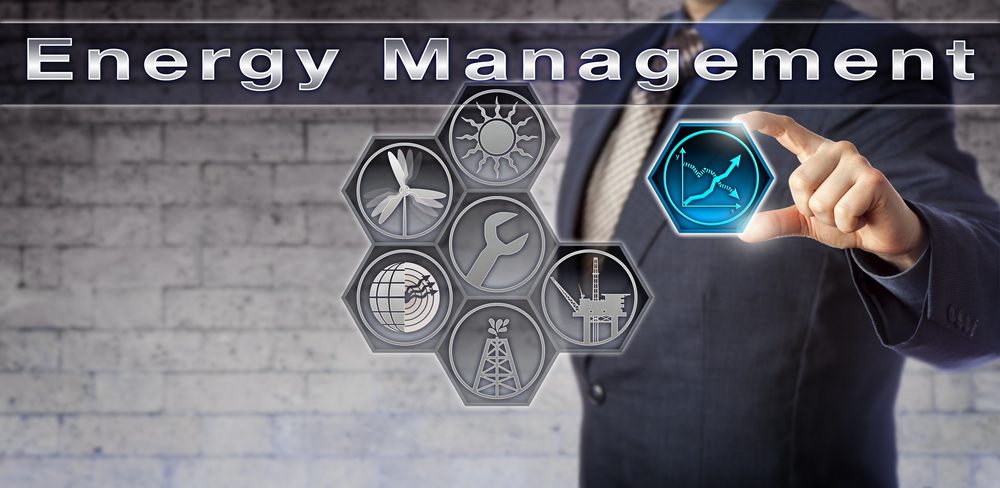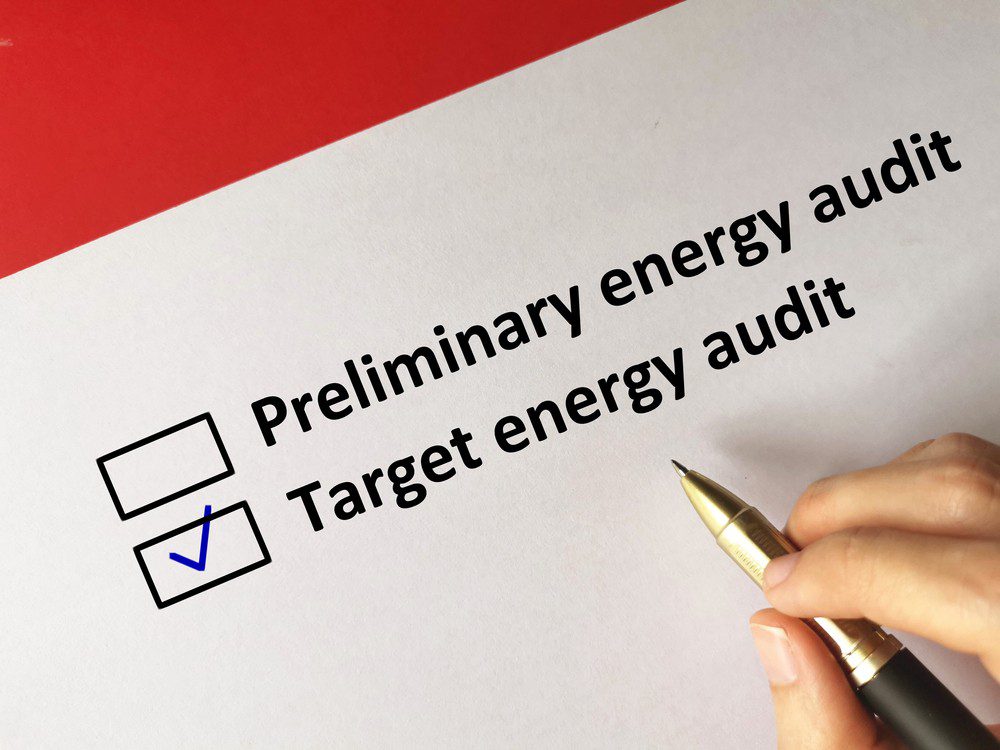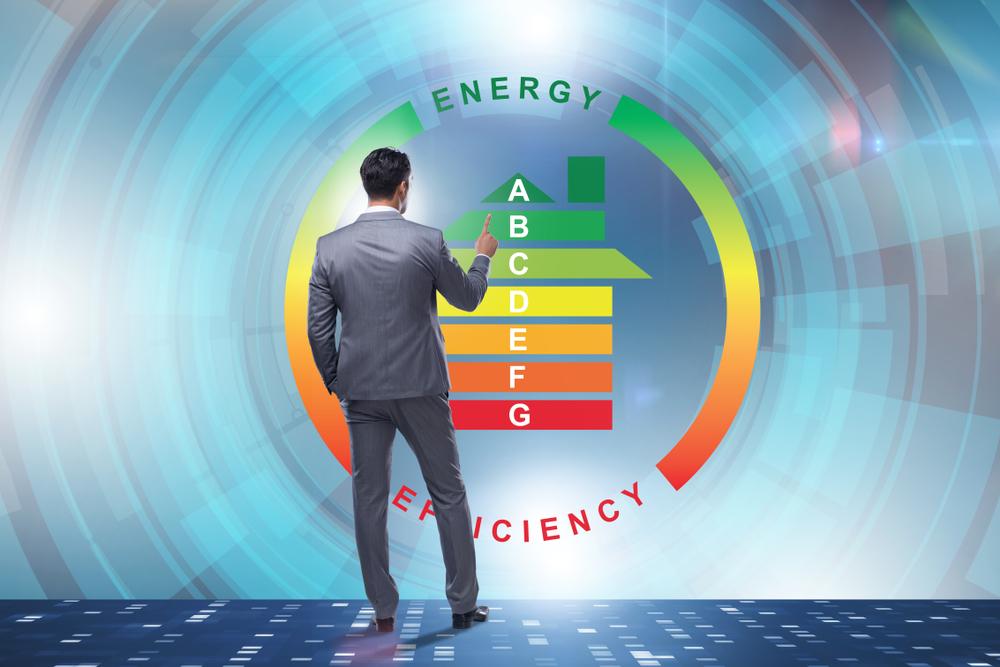Introduction
In the realm of building maintenance and sustainability, retro-commissioning has emerged as a powerful tool to optimize the performance of existing structures. By fine-tuning systems, retro-commissioning can enhance energy efficiency, reduce operational costs, and improve occupant comfort. However, as with any complex endeavor, retro-commissioning projects come with their own set of challenges. In this article, we’ll explore these common hurdles and discuss effective strategies for overcoming them.
Key Concepts in Retro-Commissioning
Before we delve into the challenges and solutions, let’s first establish a solid foundation by understanding what retro-commissioning entails.
What is Retro-Commissioning?
Retro-commissioning is the process of evaluating and improving the performance of an existing building’s systems and equipment. This systematic approach ensures that all building systems, such as HVAC, lighting, and control systems, operate at their highest efficiency.
Goals of Retro-Commissioning
The primary goals of retro-commissioning include identifying and addressing inefficiencies, reducing energy consumption, enhancing occupant comfort, and extending the lifespan of building systems.
Benefits of Retro-Commissioning
Retro-commissioning offers several benefits, including reduced operating costs, improved indoor air quality, minimized environmental impact, and increased overall building performance.
The Pervasive Challenges in Retro-Commissioning

Retro-commissioning, while immensely beneficial, is not without its challenges. Let’s take a closer look at these obstacles and understand why they often arise.
Outdated Documentation
Challenge: The availability of accurate and up-to-date documentation, including as-built drawings and system information, is often a major hurdle in retro-commissioning projects. Building plans and records may be lost, incomplete, or outdated, making it difficult to understand the original design intent.
Solution: To overcome this challenge, advanced scanning and mapping technologies can be employed to create digital as-built drawings. Additionally, outsourcing documentation updates to professionals with expertise in retro-commissioning can ensure that accurate information is readily available.
Budget Constraints
Challenge: Allocating a budget for retro-commissioning projects can be a challenging task. Building owners and management may be hesitant to invest in retro-commissioning due to concerns about costs, even if the long-term benefits outweigh the initial investment.
Solution: To secure budgetary support, it’s essential to perform cost-benefit analyses. These analyses should clearly demonstrate the potential return on investment through energy savings and improved system performance, making a compelling case for budget allocation.
Stakeholder Resistance
Challenge: Resistance from building owners, managers, or other stakeholders can impede retro-commissioning efforts. These stakeholders may not fully understand the value of retro-commissioning, making it difficult to gain their support.
Solution: The key to overcoming stakeholder resistance lies in effective communication. By clearly articulating the benefits of retro-commissioning in terms of energy savings, improved comfort, and environmental impact, you can help stakeholders recognize its value. Involving them in the process and addressing their concerns also fosters cooperation.
Complex Building Systems
Challenge: Many older buildings feature intricate HVAC, electrical, and control systems, making the identification of inefficiencies a complex and time-consuming task.
Solution: Overcoming the complexity of building systems requires a methodical approach. Retrofitting older systems with modern technology and control systems can simplify the process of monitoring and optimizing them. This approach can help bring older buildings up to contemporary standards.
Data Collection and Analysis
Challenge: Gathering accurate data on system performance and analyzing this data for actionable insights can be a significant challenge in retro-commissioning projects.
Solution: Implementing advanced sensors and meters can facilitate data collection. Moreover, leveraging data analytics and artificial intelligence (AI) tools can streamline the analysis process, providing valuable insights into system performance.
Effective Strategies to Overcome Retro-Commissioning Challenges
Now that we’ve explored the common challenges in retro-commissioning, let’s discuss effective strategies to overcome these hurdles.
Document Remediation
Solution: Utilizing advanced scanning and mapping technologies can help recreate accurate as-built drawings and system documentation. By outsourcing this task to professionals experienced in retro-commissioning, you can ensure that your documentation is up-to-date and reliable.
Financial Planning
Solution: To address budget constraints, perform cost-benefit analyses that clearly demonstrate the potential for energy savings and other benefits. By presenting a solid financial case, you can secure the necessary budgetary support from stakeholders.
Stakeholder Engagement
Solution: Effective communication is vital when dealing with stakeholder resistance. Educate stakeholders on the advantages of retro-commissioning and involve them in the decision-making process. Address their concerns and provide transparency throughout the project.
Technology and Tools
Solution: Leveraging advanced software for system analysis can streamline the retro-commissioning process. Investing in modern monitoring and control systems can also help improve the overall performance of building systems.
Data Collection and Analysis Techniques
Solution: Implement advanced sensors and meters to collect accurate data on system performance. Utilize data analytics and AI tools to analyze this data and extract actionable insights for optimization.
Best Practices in Retro-Commissioning

While overcoming challenges is crucial, adopting best practices can also significantly enhance the success of retro-commissioning projects.
Regular Retro-Commissioning Cycles: Implementing a schedule for regular retro-commissioning cycles ensures that building systems remain efficient and up-to-date.
Involving Experts: Collaborate with experts and qualified professionals in the field of retro-commissioning to ensure the best possible outcomes.
Cultivating a Culture of Maintenance and Optimization: Promote a culture of ongoing maintenance and optimization among building management and occupants, which can help prevent issues before they become major challenges.
Conclusion
Retro-commissioning is a valuable tool for enhancing the performance of existing buildings, reducing energy consumption, and improving occupant comfort. While it comes with its share of challenges, these obstacles can be effectively overcome through advanced technologies, financial planning, stakeholder engagement, the right tools, and data-driven analysis. By implementing best practices and fostering a culture of maintenance and optimization, the long-term benefits of retro-commissioning can be realized. It’s time to embrace the potential of retro-commissioning and transform existing buildings into more efficient and sustainable spaces.
Remember, the journey of retro-commissioning is a path toward energy efficiency, cost savings, and a greener future for our built environment.
Discover how VertPro.com can elevate your property’s energy efficiency to new heights. We are your ultimate destination for all things related to Commercial Energy Audits, Benchmark Compliance consultancy, and access to our state-of-the-art Construction Marketplace. As trailblazers in the industry, VertPro® empowers Building Owners and Property Managers across the nation with innovative SaaS technology-based solutions. From Energy Benchmarking to Energy Audits/RCx Plus, we’re dedicated to ensuring compliance with over 50 Energy Benchmarking and Energy Efficiency Laws.
Now is the time to seize the opportunity to maximize your property’s energy potential and value. Explore VertPro.com’s comprehensive solutions today, and let us be the catalyst for the transformation your property deserves. Your energy-efficient future starts here!















